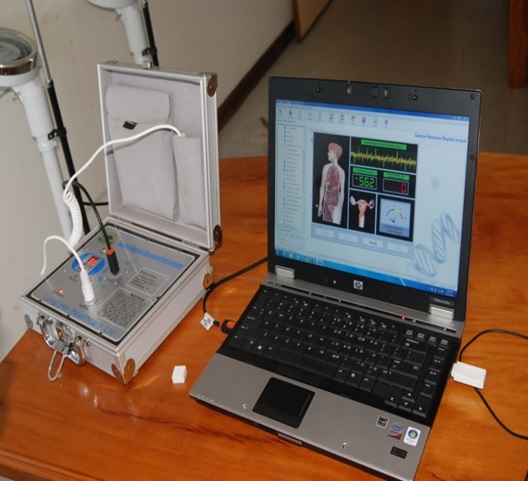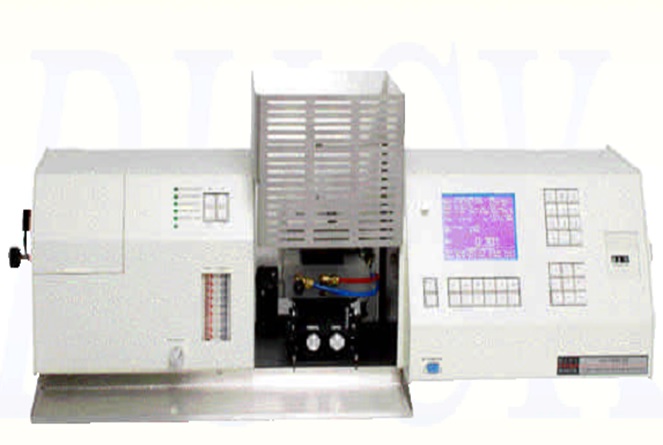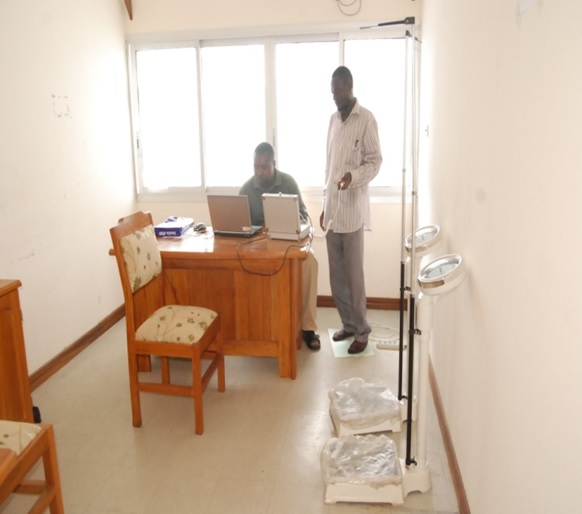The Teaching Laboratory in learning Disabilities is equipped by the MTN Foundation and the UNESCO Chair.
The Chair has a teaching laboratory in learning disability, with the acquisition of a Quantum Magnetic Resonance Spectrometer (body analyser) and an Atomic absorption electro spectro photometer.

Quantum Magnetic Resonance Spectrometer
This is a Hi-tech device, related to medical, bioinformatics, agronomy, special education, psychology, etc. This advanced electronic device, scientifically analyses the human cell’s weak magnetic field. In Special Education, it is used to determine the level of a child in order to know his/her cognitive level of functioning. This concerns mostly cerebro-spinal disorders such as autism, cerebral palsy, spinal Bifida, seizures, etc. with the knowledge of the traces; special educators can probe into the future, to determine the probability of an individual to have disability.

Atomic absorption electro spectrometer
We may need to address the functionality of the Atomic absorption electro spectrometer. The standard question is why this equipment for Special Needs Education? Instead of it, we know that the equipment is a value to health science, agricultural science, natural science and environmental science. These disciplines focus on surface issues such as analyzing types of soil, nutritional values and type of rocks and so on. In the case of special education and rehabilitation, science goes beyond to find out the root causes for attention deficit, reading disabilities which are within the domains of autism and dyslexia for example. What this does is that it provides a new key to unlock old ways of doing things that is, looking for where disability comes from. The University of Buea is thus championing the way to bring about new ideas through creating opportunities for collaborative research. It is a bold step and a great empowering strategy for the University of Buea to generate new ideas. These will therefore, encourage inter faculty cooperation and partnership.





